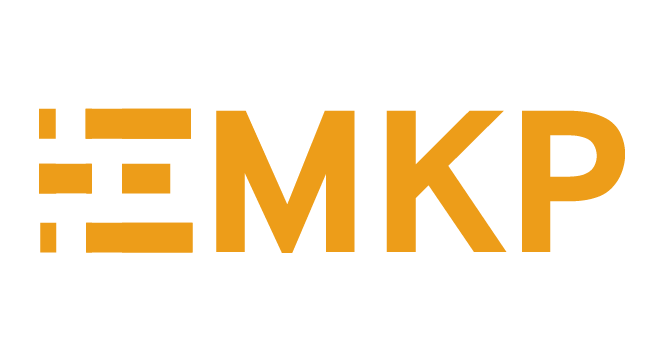This project will document a non-woven, ancient textile technique of felt-making from sheep wool by the last known surviving felt-maker in the Fertile Crescent of Mesopotamia, present day Iraq. This ancient textile technique and the use of felt are still alive among the Kurdish community along the Zagros Mountains but are disappearing due to rapid changes in textile and fashion industries. In a small workshop tucked in an abandoned historical building in an old neighbourhood in the Kurdish town of Kifri, Salim, the last known felt-maker, continues the ancient practice. His clients are mostly limited to the local community, however, the unchanged practice that was passed down from generations of his family is quickly drawing to an end and seldom brings profit.
This project will document in detail the techniques practiced in using wool fibre to produce felt. This material is known as “Libad” or “Newg” in Kurdish. The material is used to make protective clothing and mats, such as traditional Kurdish mats, hats, vests, and shepherd coats, known to the community for as far back as they can remember. The documentation process will include video and audio recordings, photographs, illustrations, and written records made during the observations and interviews conducted with the felt- maker. The documentation will also include the living memories of other felt-makers who used to make felt products as well as people who still use traditional felt clothing and mats.
The project is also partnering with the Zheen Centre which will be hosting a permanent exhibition of the project at their archive centre.
PI:
Renas Hassan Babakir
Collaborators:
Yad Deen
Shirwan Can
Location of Research:
Garmian, Hawraman, Shahrazour, Sulaimani and Erbil, Iraq
Host Institution:
Culture Project
Top Banner Image: Kurdish man wears traditional garment, ‘faranji’, made from felt. (Photo: Nasih Ali Khayat)
